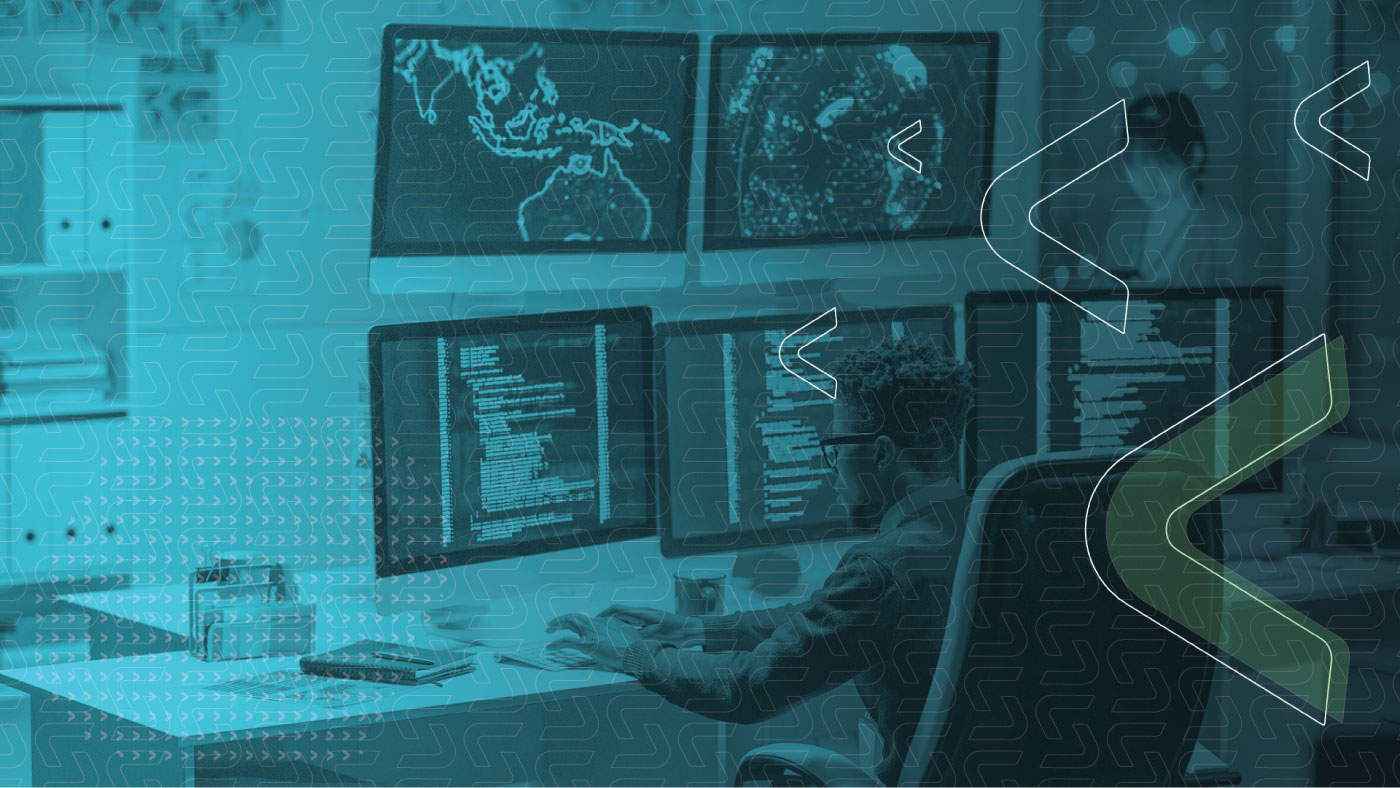A Complete Guide to Endpoint Detection and Response (EDR)

Cyber threats aren’t slowing down—and endpoints are often the first target. That’s why having strong visibility and control at the device level has never been more important. Endpoint Detection and Response (EDR) is key in today’s security strategies. It helps teams spot, investigate, and respond to threats in real time—before they turn into bigger problems. In this guide, we’ll break down what EDR is, why it matters, the features that make a difference, and how it supports a broader, layered approach to cybersecurity.
What is Endpoint Detection and Response (EDR)?
EDR is a cybersecurity solution designed to monitor, detect, and respond to threats on endpoint devices such as laptops, servers, mobile devices, and workstations. Unlike traditional antivirus software, EDR provides continuous monitoring and deeper visibility into endpoint activities, helping security teams quickly detect suspicious behavior and contain threats before they cause significant damage.
EDR solutions combine:
- Continuous, real-time monitoring
- Advanced threat detection
- Incident investigation tools
- Automated and manual response capabilities
By providing security teams with contextual information about an attack, EDR tools allow for faster, more informed responses.
Why EDR Is Essential in 2025
The modern threat landscape is defined by sophisticated ransomware attacks, phishing campaigns, insider threats, and advanced persistent threats (APTs). Even with preventive measures, endpoints often remain the most vulnerable part of an organization’s infrastructure.
Consider this:
- 75% of ransomware victims in 2022 were running up-to-date endpoint protection.
- Attackers are now leveraging AI-driven techniques to bypass traditional defenses.
EDR provides the agility needed to detect these threats early and respond effectively, minimizing damage and downtime.
Key Features of a Strong EDR Solution
When selecting an EDR platform, look for these essential capabilities. For an overview of endpoint protection best practices, refer to CISA’s guidance on securing endpoints:
- Real-Time Monitoring and Data Collection
- Continuous tracking of endpoint activities, including file changes, network connections, running processes, and user behavior.
- Behavioral Analytics and Machine Learning
- Advanced analytics to detect anomalies and emerging threats based on behavior patterns rather than relying solely on known signatures.
- Threat Hunting Tools
- Built-in tools that allow analysts to proactively search for hidden threats across the environment.
- Automated Response and Containment
- The ability to automatically isolate compromised endpoints, kill malicious processes, or block unauthorized activities in real-time.
- Forensic Investigation and Root Cause Analysis
- Historical data and incident timelines to understand the full scope and origin of an attack.
- Integration with SIEM and XDR Platforms
- Seamless integration with Security Information and Event Management (SIEM) or Extended Detection and Response (XDR) solutions for a broader view of your security landscape.
EDR vs. Traditional Antivirus
Traditional antivirus software focuses on preventing known threats, while EDR assumes breaches can and will happen. EDR provides:
- Greater visibility into endpoint activity
- The ability to detect and respond to unknown or sophisticated threats
- Support for proactive threat hunting and investigation
In short, antivirus prevents known attacks; EDR detects, investigates, and responds to everything else.
Building a Layered Security Strategy with EDR
EDR is not a silver bullet. It works best as part of a comprehensive, layered cybersecurity strategy that includes:
- Network Detection and Response (NDR)
- Security Awareness Training
- Multi-Factor Authentication (MFA)
- Regular Vulnerability Assessments
- Patch Management
- Incident Response Planning
Layered security helps reduce risk by ensuring multiple defensive barriers are in place.
Choosing the Right EDR Solution for Your Organization
When evaluating EDR solutions, consider:
- Ease of deployment and management
- Compatibility with your existing security stack
- Support for remote and hybrid work environments
- Vendor reputation and support quality
Organizations should also consider working with a trusted cybersecurity partner like Sedara to ensure the EDR solution is properly configured, monitored, and integrated into their overall security strategy.
Stay Ahead of Threats with Sedara
At Sedara, we help organizations strengthen their endpoint security posture by offering cutting-edge Endpoint Detection and Response (EDR) solutions, continuous monitoring, and expert threat response services. Learn more about Managed Security.
Ready to see how EDR can protect your business from evolving threats?
Contact us today to learn more and schedule a consultation.